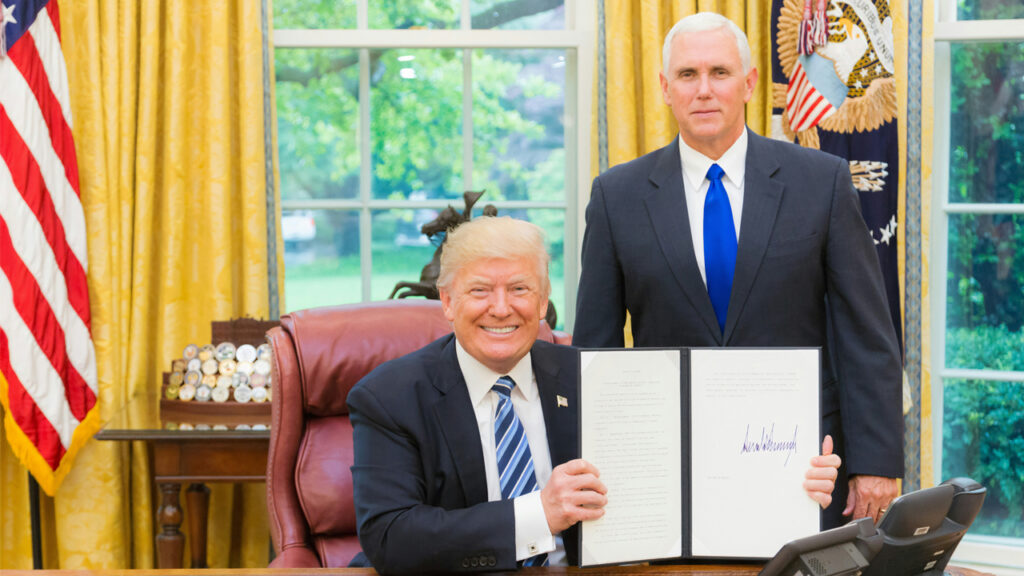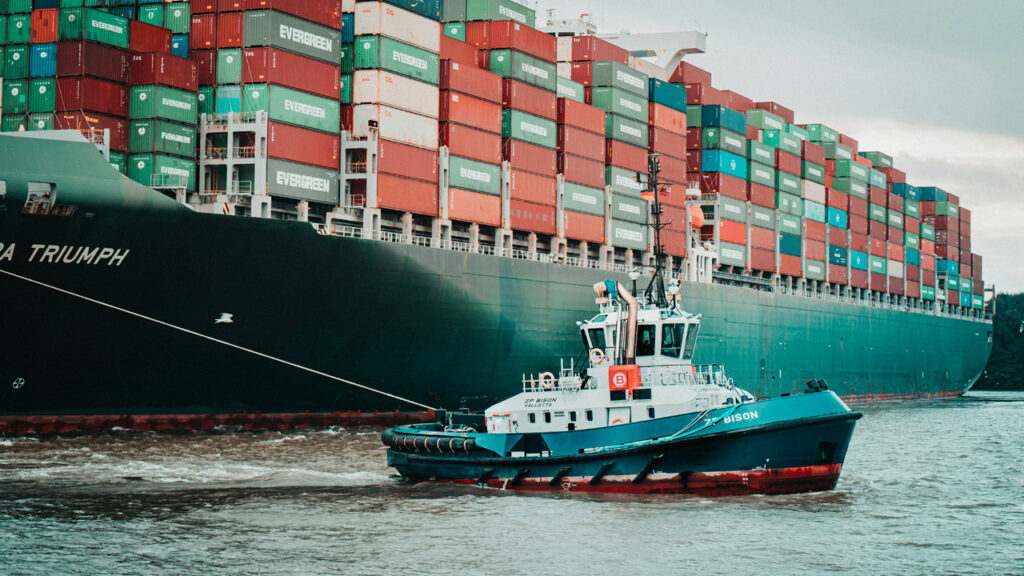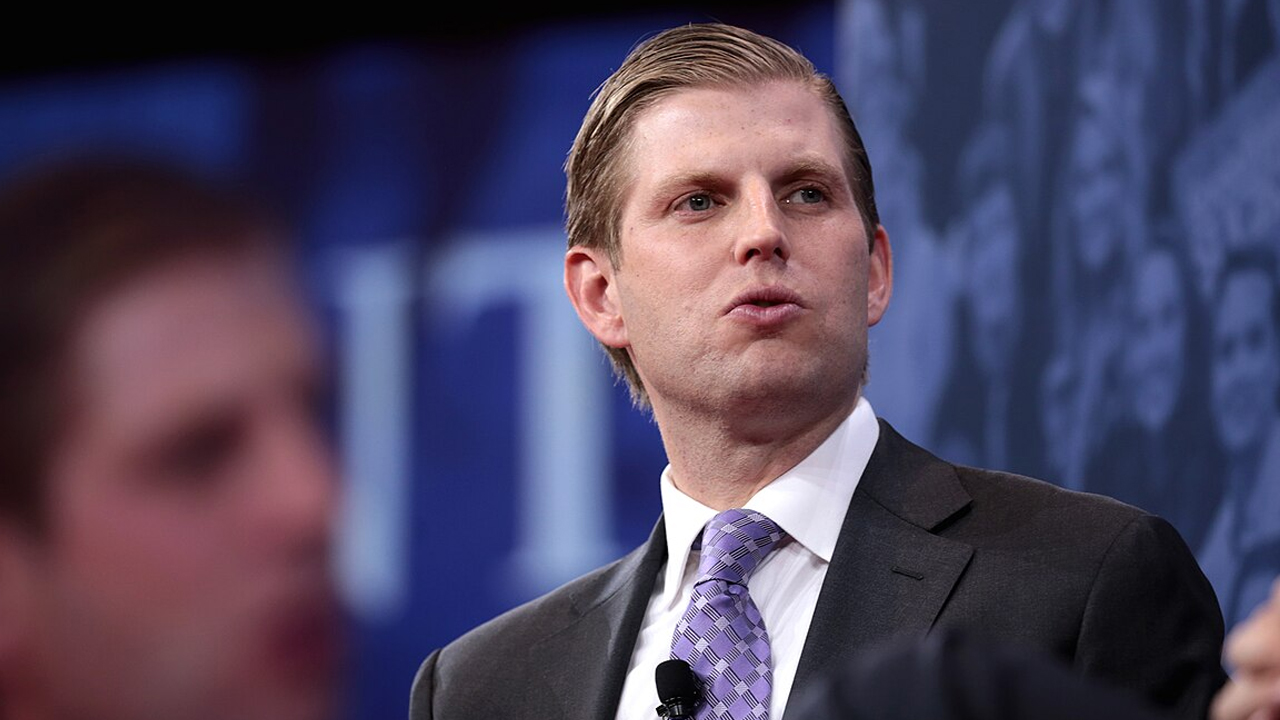Johnson & Johnson is making a massive bet on American soil. Over the next four years, the healthcare giant plans to invest more than $55 billion in the United States, a move that signals both strategic positioning and political compliance. With the threat of tariffs hanging over pharmaceutical imports, J&J is playing offense—prioritizing domestic manufacturing and innovation while keeping shareholders in mind. (Source: JNJ.com)
This isn’t just about staying on the good side of Washington. It’s a financial decision that reflects shifting global dynamics, a recalibration of supply chains, and the growing cost of operating overseas in a tariff-heavy world.
$55 Billion Is More Than a PR Move

J&J’s investment represents a 25% jump compared to its U.S. spending over the last four years. The scale alone—four new manufacturing sites, expanded research, and significant tech development—tells investors this isn’t symbolic. This is capital being reallocated in real time, with long-term efficiency, regulatory safety, and geopolitical leverage baked in.
They’re not just reacting to policy—they’re insulating their business. Domestic production means more control over operations, less risk from foreign disruption, and likely smoother paths for future FDA approvals.
Trump’s Tariff Threat Is Working

Whether you agree with the approach or not, the financial incentives are clear. Trump has floated a 25% tariff on imported pharmaceuticals, and for multinational drugmakers like J&J, that’s not a bluff to ignore. Bringing production back to the U.S. might cost more upfront, but it’s a hedge against potential policy shocks that could eat into profits for years. (Source: WhiteHouse.gov)
J&J isn’t alone. Eli Lilly is pumping $27 billion into four U.S. plants. Merck is putting in another $8 billion by 2028. (Source: Lilly Investor Relations) The message is obvious: adapt now, or risk losing ground.
What This Means for Investors

For shareholders, J&J’s shift could look like a margin hit in the short term—but it’s a defensive play with upside. As companies localize operations, they gain more control over pricing, logistics, and regulatory frameworks. That matters when inflation, international instability, and government policy can all slam margins without warning.
Long term, this move positions J&J as a safer, more U.S.-anchored operation—something increasingly attractive to risk-conscious investors.
The Bigger Picture: Supply Chain Nationalism

This isn’t just about one company. It’s part of a broader trend where multinational corporations are being nudged—sometimes pushed—toward economic nationalism. For investors paying attention, this marks a structural shift. Capex is coming home. Tariff risk is real. And firms that move early stand to benefit the most.
J&J’s $55 billion commitment is a signal that the rules of the game are changing. And smart money is already adjusting.

Alexander Clark is a financial writer with a knack for breaking down complex market trends and economic shifts. As a contributor to The Daily Overview, he offers readers clear, insightful analysis on everything from market movements to personal finance strategies. With a keen eye for detail and a passion for keeping up with the fast-paced world of finance, Alexander strives to make financial news accessible and engaging for everyone.


